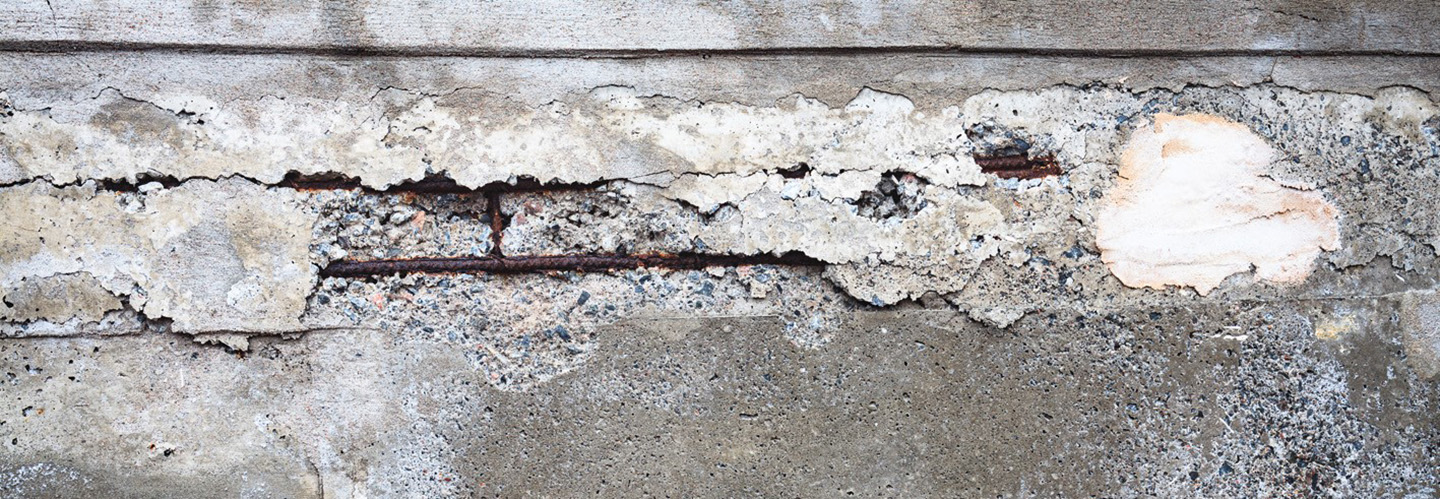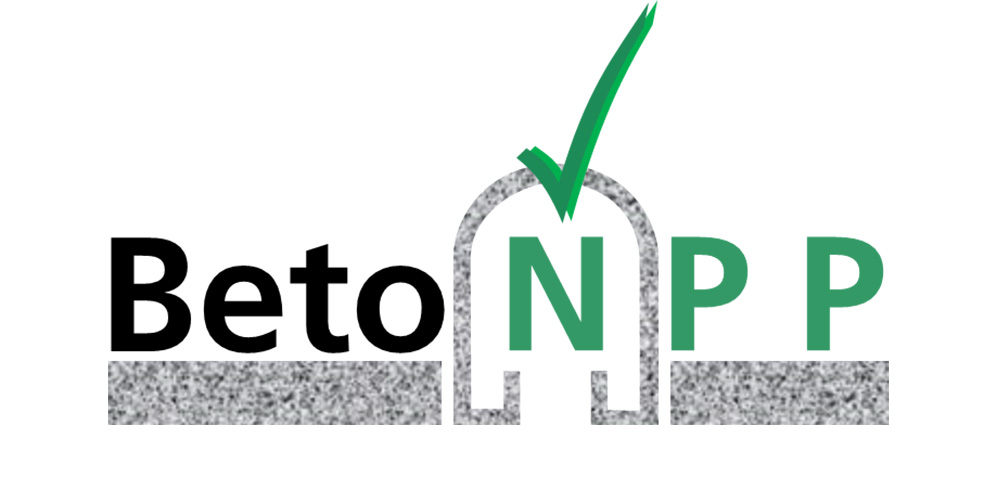BetoNPP is the short title of the project ”Hybridverfahren zur zerstörungsfreien Bewertung und tomographischen Bestandserfassung dickwandiger Stahlbetonstrukturen in kerntechnischen Anlagen” (hybrid method for nondestructive evaluation and tomographic stocktaking of thick-walled reinforced concrete structures in nuclear facilities).
Against the background of the intended extension of the operating lives of European nuclear power plants (NPPs), it is important for Germany to be able to assess the condition of nuclear facilities in adjacent countries and to evaluate safety aspects. This concerns not only components such as reactor pressure vessels, pipelines and cables, but also the concrete components of a NPP, which protect both the environment from radiation (bioshield) and the power plant components from possible damage by external influences. The protective function of the building envelope ranges from weathering to terrorist attacks and aircraft crashes. It is well known that concrete ages via different mechanisms; accordingly, numerous NPPs showing creep damage in concrete (such as cracks and delaminations) can be found. In relation to safety aspects, a large share of these defects can be regarded as irrelevant; thus, a major task is to identify those defects that actually are safety-critical. While safe operation requires the evaluation of the impact of these types of defects on the physical and biological protective function, there is a lack of procedures for the whole of detection, measurement and documentation of the defects, their causes and changes over time.
The overall objective of the BetoNPP project, which is funded by the BMWi, is to develop a combination of microwave (georadar) and magnetic leakage flux techniques. By information fusion or hybridization of their data both, tomography and condition assessment of thick-walled concrete structures of NPPs shall be performed. While the georadar technique uses multiple frequencies to locate internal structures such as reinforcement or tendons - but also possible voids and foreign bodies - the flux leakage technique detects discontinuities (cracks, fractures, accidental lacking) of tendons and reinforcement. The combination of the process information with the goal of automated feature extraction and defect detection allows the reliable recording of the structural stock and at the same time an evaluation of the component condition. The results serve as an input for digital condition files, allowing conclusions on changes over time at the respective location during recurring inspections. At the same time, the machine signal evaluation supports the detection of safety-critical defects in the extensive measurement data sets.
The BetoNPP project is being worked on in collaboration with the Chair of Measurement Technology at Saarland University (LMT-UdS) and KIWA GmbH.
 Fraunhofer Institute for Nondestructive Testing IZFP
Fraunhofer Institute for Nondestructive Testing IZFP 
